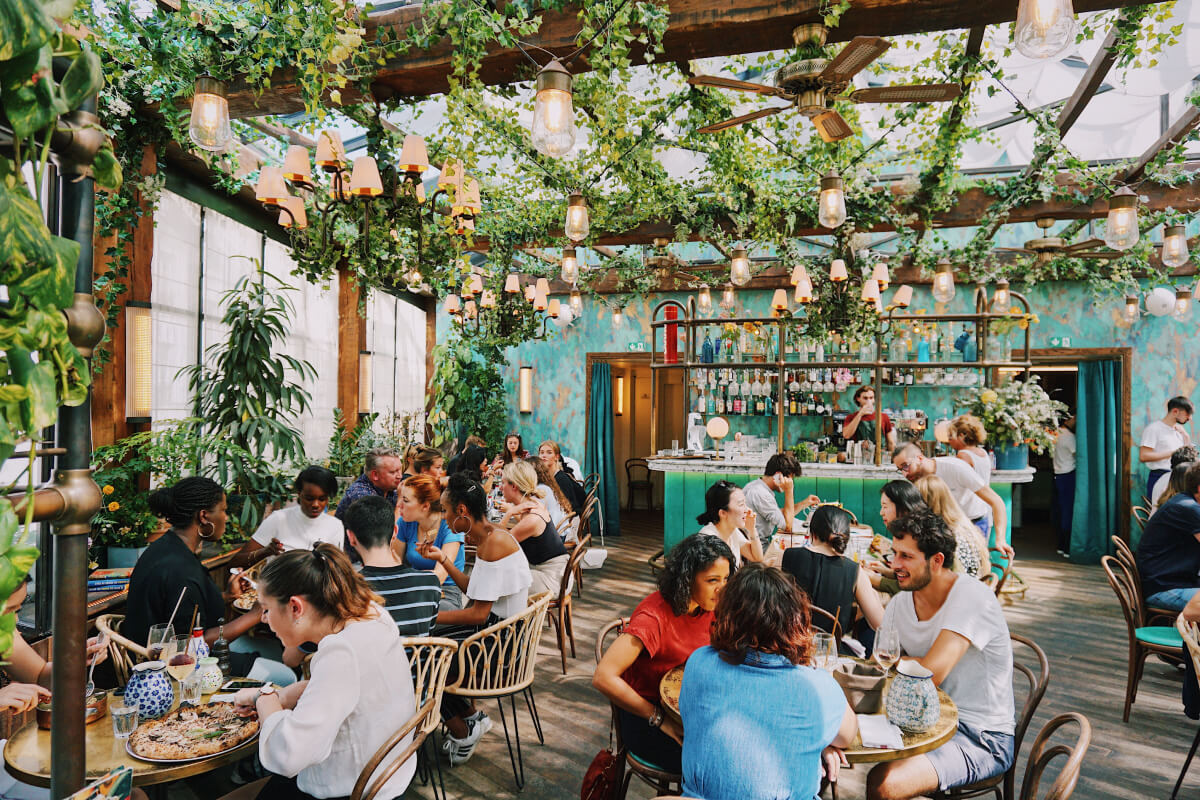Skift Take
In an age of ever-shrinking attention spans, destination marketing organizations (DMOs) need to rethink their engagement tactics. In this video, Dan Holowack, co-founder and CEO of CrowdRiff, shares how visual stories can uniquely enable destination storytelling and drive meaningful results.
This sponsored content was created in collaboration with a Skift partner.
According to a popular study from Microsoft, the average human attention span has dropped to just eight seconds, down from 12 seconds in 2000. Capturing the attention of today’s traveler can feel like a constant battle for DMOs. With a seemingly limitless number of niche social media handles to follow, travelers have also grown more selective about the content they consume.
“They say a picture is worth a thousand words,” said Dan Holowack, co-founder and CEO at CrowdRiff, a visual destination marketing solution whose Localhood Stories are providing DMOs with new opportunities to reach potential visitors. “We believe a Localhood Story that combines images, video, text, CTAs, and audio can convey much more than that.”
1. Boost Organic Traffic
Localhood Stories are built on the technology that powers Google’s Web Stories, which are like social media stories that live on the web. Tailored for travel, with a swipe-up feature that helps travelers find more information, Localhood offers destinations a way to tap into this new organic channel for visual content.
Each Localhood Story is essentially its own mini webpage that is crawled and indexed by Google Search, which features a dedicated section for stories on the first results page, as well as on Google Discover, as we discussed with Holowack in our last article.
“Localhood Stories can boost a destination’s organic visibility, and also link back to their website, driving more organic traffic,” Holowack said.
2. Promote Smaller Partners
Localhood Stories are a simple and effective way to support smaller partners and give them equal exposure. Destinations can easily publish Stories that feature their partners or encourage partners to create their own, from local stores, hotels, and attractions to other destinations within their region.
“Localhood Stories can appear on the destination’s website, so the partners can leverage that audience.” Holowack said. “Louisiana Travel recently invested in Localhood and made it available to all of its partners, big and small. Now, the city of Ponchatoula, a one-person DMO located in rural Louisiana, is creating Localhood Stories that show up on Google.”
3. Encourage Sustainable Tourism
Sustainable tourism is a growing area of strategic importance for many destinations. “Localhood Stories are an effective way for DMOs to promote their sustainability strategies directly to potential visitors in a friendly, easy-to-consume format,” Holowack said. “DMOs can use the swipe-up feature on each panel of the Story to provide additional details or links to web pages if travelers want more information.”
For example, a recently published story from Butte County, California, advises travelers in a fun and friendly way to “Leave No Trace” when visiting their destination, and then provides a path to learn more.
4. Amplify Local Sentiment
Many destinations are looking for ways to work more closely with their local communities and tap into local expertise, personality, and authenticity. “Localhood Stories are an innovative way for destinations to work with locals to highlight their favorite attractions and experiences,” Holowack said. “After all, who knows a destination better than the locals? It’s marketing through people and not to people.”
Visit California created a series of Stories featuring local people giving personal recommendations and revealing some of their hidden gems. For example, a local San Diego resident recently provided a guide to Exploring San Diego: 8 Tips from a Local.
5. Repurpose Influencer Content
Influencer marketing continues to be an effective way for destinations to harness today’s shorter attention spans and raise awareness. “Destinations are using Localhood to get more bang for their buck and convert their influencer content into Localhood Stories, which then live on the web and are evergreen,” Holowack said.
Amelia Acedo, editor at Tasting Victoria, shared six ways to “stay local and support local” in Victoria, with recommendations on where to go for tea and coffee, browse books, experience local gardens, order a flight of seasonal cider, and explore British Columbia’s history and culture. “The Story was created by Destination BC and lives on their website, in addition to being featured on their Instagram,” Holowack said.
Standing out in today’s attention economy may be increasingly challenging, but destinations that learn to utilize story-formatted visual content in authentic ways will break through — and inspire travelers to book their next great adventure.
Visit Localhood to learn more about how your destination can collaborate with your partners and content creators to share authentic stories that inspire travelers.
This content was created collaboratively by CrowdRiff and Skift’s branded content studio, SkiftX.
Have a confidential tip for Skift? Get in touch
Tags: CrowdRiff, destination markeing, destination marketing, destination marketing organizations, destinations, engagement, local, locals, SkiftX Showcase: Destinations, tourism
